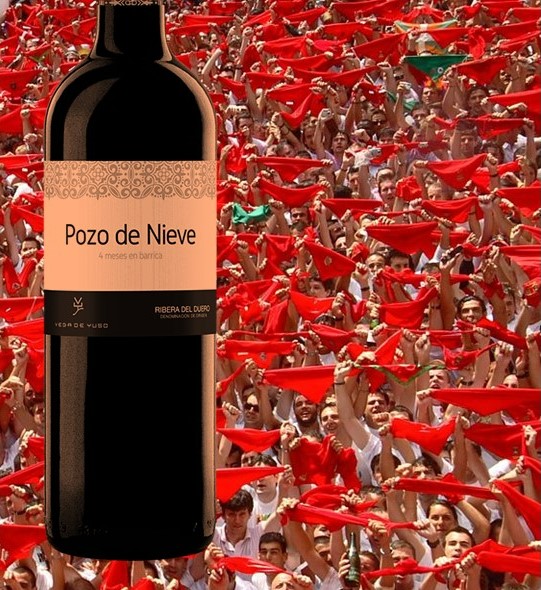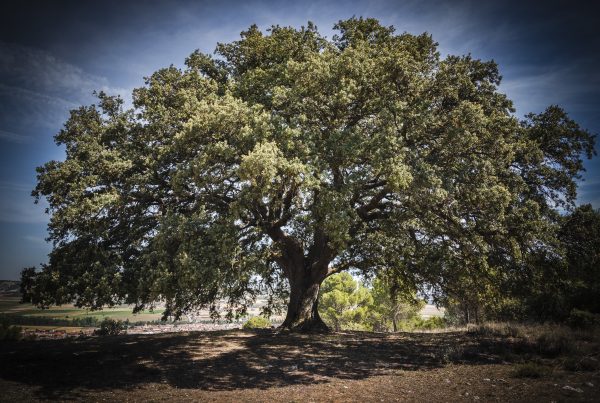In Quintanilla de Onesimo, Valladolid July 2023
«We ask San Fermín, as our patron saint, to guide us in the running of the bulls, giving us his blessing. Long live San Fermin! Gora San Fermin!
This is the lyric that is heard, in the deepest of silences, just before the San Fermines running of the bulls begins. It is the moment when the young men, a few meters from the corrals where the bulls are kept, raise their rolled newspapers and sing in front of the image of the Saint, placed in a niche on the Cuesta de Santo Domingo.

San Fermín is one of the largest festivals in the world that is celebrated in Pamplona. It is a Festival of International Tourist Interest in honor of San Fermín de Amiens that takes place every year in the city of Pamplona, capital of Navarra.
There is no Spaniard who does not know about this festival...but do we really know what its origin is?
WHO WAS SAN FERMIN?
Fermín was born in the 3rd century in the town of Pompaelo (present-day Pamplona), son of a pagan Roman senator named Firmo, probably a high official in the Roman administration of Pamplona, and of a noble lady. named Eugenia. Saint Fermin of Amiens was a Christian missionary, first bishop of Amiens - whose church he ordered to be built - and is also considered, by oral tradition, first bishop of Pamplona. Patron Saint of Amiens and Lesaca, patron of the diocese of Pamplona-Tudela, and co-patron of Navarre along with Saint Francis Xavier, was martyred in Amiens after baptizing thousands of people.
IN WHICH YEAR DO THE PARTY BEGIN TO CELEBRATE?
The festival dates back several centuries and was already celebrated in the year 1186, when the bishop of Pamplona Peter of Paris collected the relics of San Fermín in Amiens and arranged for its festival to be on October 10 and had equal rank with that of the apostles. Almost half a century later, in 1591, the festivities were moved to July 7 for the purpose of a trade fair, since it was then when dances, music, comedies were performed... For this reason, the city council requested ( successfully) the transfer of the festival to July 7, with a better time more suitable for celebrating in the street.
The San Fermín festivities are celebrated in his honor. That is why the runners of the running of the bulls sing to him every day before the race, at the same time as the bulls start out. We are sure that there are many liters of wine and beer that accompany these important holidays.
WHEN IT STARTS?
The party begins with the launch of the Chupinazo where a rocket is launched from the balcony of Pamplona City Hall at 12 noon on July 6. They end at midnight on July 14 with Poor Me, a farewell song.
WHAT IS DONE?
The most famous activity of Los Sanfermines is the running of the bulls, an 849-meter race in front of the bulls, lasting between two and three minutes and culminating in the bullring.
The running of the bulls takes place every day between July 7 and 14 from eight in the morning and runners from all over the world usually participate.
WE TOAST TO IT!
With this excuse, we want to make a toast with our Joven red wine, with Pozo de Nieve , for a contagious joy that invades the month of July and the year 2023.
Bodegas y Viñedos Vega de Yuso, S.L. Basilón nº 9-Cañada Real s/n 47350 Quintanilla de Onésimo, Valladolid Tfno: +34 983680054 - Mobile: +34 687735656 Email: comunicacion@vegadeyuso.com www.vegadeyuso.com








